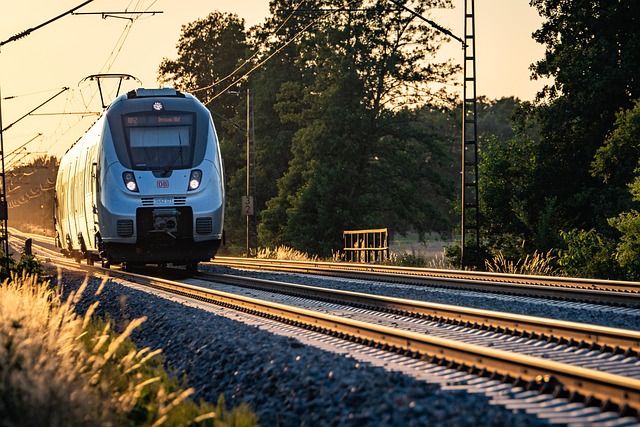The interconnectedness of our world has never been more pronounced, and at the heart of this connection lies the concept of regional transport integration. As we pursue sustainable development, particularly in rural areas, the importance of an efficient transport system cannot be overstated. This post delves into how enhancing regional transport integration can catalyze sustainable practices while also transforming rural landscapes.
Transport Sustainability: A Necessity, Not a Choice
Transport sustainability refers to the ability of a transport system to meet current mobility needs without compromising the ability of future generations to meet theirs. With a global push towards sustainability, it’s essential to reimagine how we connect cities, towns, and rural regions. Regional transport integration offers a framework for creating a seamless network that supports eco-friendly practices.
By promoting vehicles that run on renewable energy and developing infrastructure to support public transport, we can significantly reduce greenhouse gas emissions. Furthermore, integrated networks can encourage the use of bicycles and pedestrian pathways, fostering a healthier lifestyle while minimizing carbon footprints. The ripple effect of these sustainable transport practices can lead to improved air quality, enhanced community well-being, and a stronger economy.
The Impact on Rural Development
Rural communities often suffer from inadequate transport options, which can hinder their growth and development. By focusing on regional transport integration, we have the opportunity to bridge the gap between urban and rural areas. Integrated transport solutions facilitate access to job opportunities, education, and healthcare for rural populations, ensuring they aren’t left behind in a rapidly evolving world.
Furthermore, when rural transport systems are connected to regional hubs, farmers and local businesses can access larger markets, directly boosting their economic prospects. Better connectivity also means that rural areas can attract tourism, driving additional revenue and creating jobs. Enhanced transportation networks empower these communities, enabling a more vibrant, resilient rural economy.
Challenges and Opportunities
While the benefits of regional transport integration are clear, it’s essential to recognize the challenges that lie ahead. Funding and political will are often significant barriers, as is the need for coordinated efforts among various stakeholders. However, these challenges present opportunities for innovation and collaboration.
Public-private partnerships can drive investment in sustainable infrastructure, while engaging local communities in the planning process can ensure that transport solutions meet their actual needs. By leveraging technology, we can create smarter, more responsive transportation systems that are adaptable to changing demographics and environmental considerations.
Ultimately, enhancing regional transport integration is a shared responsibility that requires a collective vision for the future. When we prioritize sustainable transport solutions in rural development, we are not just creating networks of movement; we are fostering interconnected communities that thrive together. As we continue to innovate and integrate, let us keep in mind that our transport systems are the very backbone of sustainable development.




